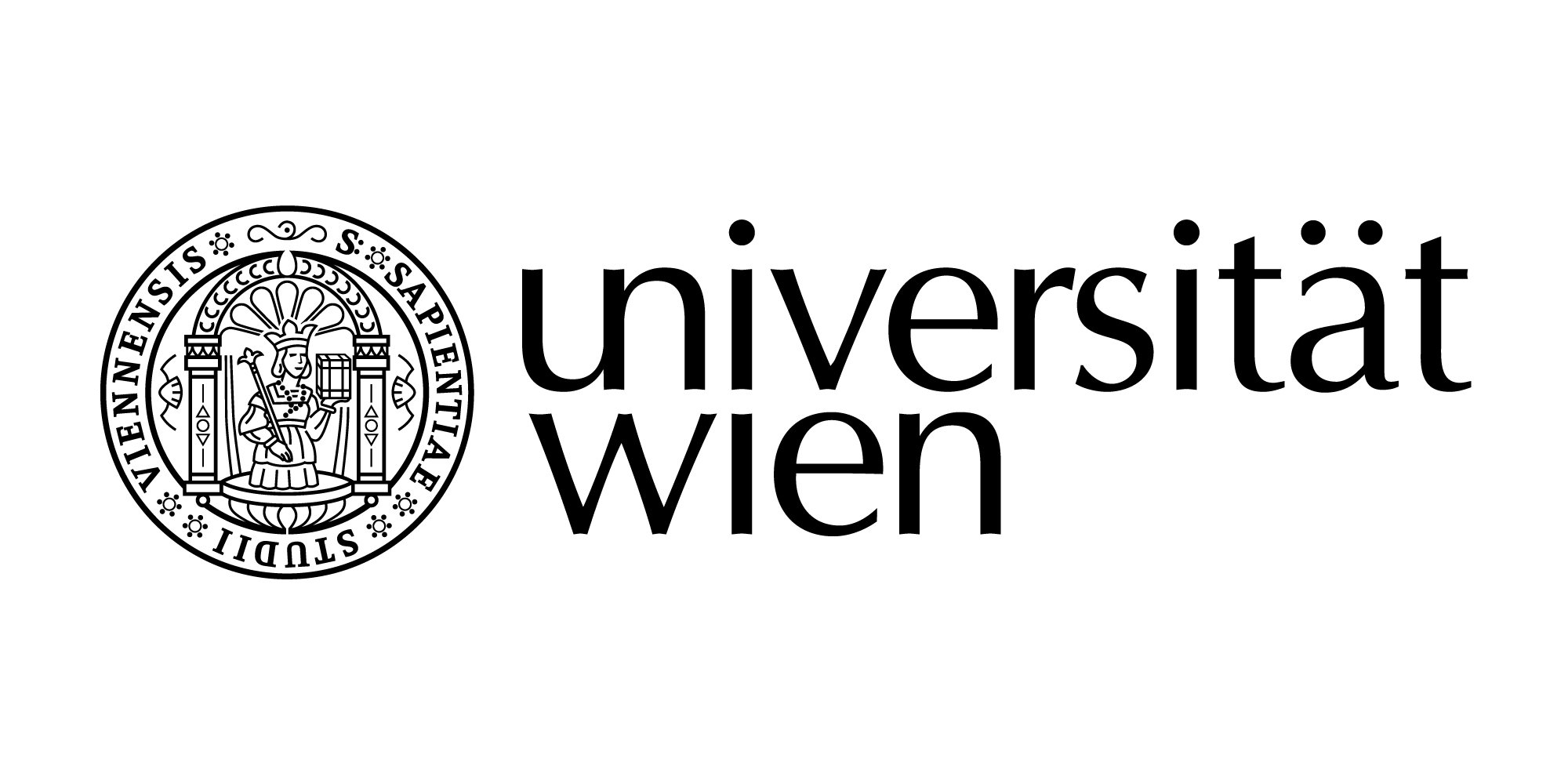
The Breakup of Rus’: Ukrainian Orthodoxy Between Constantinople and Moscow
The recent celebrations in July 2018 for the 1030 years since the Christianization of Rus by the Byzantine Empire took place with different objectives in Kiev and Moscow. On the one hand, the Russian Orthodox Church underscored the significance of spiritual unity across Russian, Ukrainian and Belarussian Orthodox worlds under the leadership of the Moscow Patriarch and in accordance with Kremlin’s foreign policy. On the other hand, the Ukrainian government treats the formation and canonical recognition of a national Church as an important institution of Ukraine, where the veto-power of Russia on issues of religious education, regional development and local politics will have been abolished. The intervention of the Ecumenical Patriarchate of Constantinople as the historical center of global Orthodoxy has strengthened the viewpoint that the full or partial unification of the three Orthodox communities residing in Ukraine is not any more an internal issue of the Russian Orthodox Church. The genesis of modern nations in Orthodox lands has always been linked to the emergence of national churches. Particularly after the annexation of Crimea and the war in Eastern Ukraine, this has been a real necessity for Ukraine and its redefinition as a nation. What is more prevalent than ever is the determination of Ukrainian authorities to capitalize on the undeclared war with Russia and foster a new institutional status quo in ecclesiastical affairs that will reflect already established political and economic developments, what I call here the breakup of Rus’.
Orthodoxy, Dictatorship & Underdevelopment
The statist politics and oligarchic economics of Orthodox countries reveal a certain predisposition of Orthodoxy toward dictatorship and underdevelopment. Key elements of Orthodox political-economic organization include an oversized public sector and either nominal or real electoral rules for the appointment of governments. This explains why in Orthodox countries private sector development is frequently incomplete or why public corruption creates incentives for the emergence of a parasitic private sector, whose material existence depends on public procurement and the bribing of politicians. The centralized distribution of resources at the level of the Orthodox monastery combined with its common economic foundations with centrally planned economies such as the absence of property rights, hierarchical monitoring and universal discipline explains the persistence of Orthodox norms in Eastern and Southeastern European societies. The state regulates the economy and the private sector is inherent connected to government policies. Social policy tends to reflect the Eastern Orthodox norms of welfare statism and social protection at the expense of transparency and good governance. The resolution of the ecclesiastical dispute with the support of the Ecumenical Patriarchate and the emergence of a unified, independent, and canonical Ukrainian Orthodox Church is not likely to resolve the country’s pressing macroeconomic problems or the involvement of oligarchs in political decision-making; both Poroshenko and Tymoshenko are oligarchs of the early post-Soviet cloth. Nevertheless, much more than the European and American sanctions, the canonical autocephaly of the Ukrainian Orthodox Church will offer a powerful signal for Ukraine’s transition from the Russian world to the European and American worlds, as the Ecumenical Patriarchate derives its international influence and authority from its dioceses in the United States, Canada and Western Europe
Models of Autocephaly for the Ukrainian Orthodox Church
Russian policies in Ukraine since 2014 have irreversibly changed the political and economic relations between the two countries. Russian language and culture do not have to be the monopoly of the Russian state. They can very well fit into a new Ukrainian national identity. In the process of resolving Ukraine’s ecclesiastical conflict, the transnational logic of the Ecumenical Patriarchate, which has strived to safeguard its existence in Turkey and whose main dioceses are located in Western Europe and North America, comes at odds with the state-sponsored orientation of the Russian Orthodox Church. Ironically, it is the exactly the Kremlin’s nationalist approach toward Ukraine that has undermined Moscow’s canonical advantage over the territories of the Ukrainian Orthodox Church. In addition to historical evidence about the perpetuation of Kiev and its dioceses as Orthodox ecclesiastical centers under the Polish-Lithuanian Commonwealth.
A first autocephaly model would merge all three jurisdictions (Moscow Patriarchate, Kiev Patriarchate, Ukrainian Autocephalous Church) into a unified national church, while the hierarchs of the Ukrainian Orthodox Church – Moscow Patriarchate would retain their right to also participate into the Synod of the Russian Orthodox Church. Diocese boundaries could be reshaped ahead of this plan to match current realities in Southern and Eastern Ukraine. This is the model that has been followed by the Ecumenical Patriarchate and the Church of Greece with respect to the dioceses of Northern Greece. A second autocephaly model would entail the creation of an Orthodox jurisdiction for Central and Western Ukraine, while maintaining working relations with the Ukrainian Orthodox Church – Moscow Patriarchate in the same way that different Orthodox Churches cooperate in the United States, through the Assembly of Canonical Orthodox Bishops of America.
The first “soft” model would maintain some influence of the Russian Orthodox Church on Ukrainian ecclesiastical affairs, without compromising Ukraine’s longstanding quest for church independence from Moscow. This dual synodical membership of the bishops of Ukrainian Orthodox Church – Moscow Patriarchate would facilitate an institutional continuity and prevent interjurisdictional conflict.
The second “hard” model involves the emergence of two parallel churches, one independent under the Ecumenical Patriarchate, and one autonomous under the Moscow Patriarchate. For this solution to work, both churches must recognize each other, hold common liturgies, respect each other’s jurisdictional boundaries and thus bolster Orthodox unity on the territory of Ukraine. While this model advances full ecclesiastical independence, even in a limited territorial form, it can also not fully exclude the emergence of conflict in the long-run. These solutions proposed offer an institutional middle ground that alleviates conflict while considering the new realities of the Russian-Ukrainian relationship in the aftermath of Crimea.


